Customer service letter template
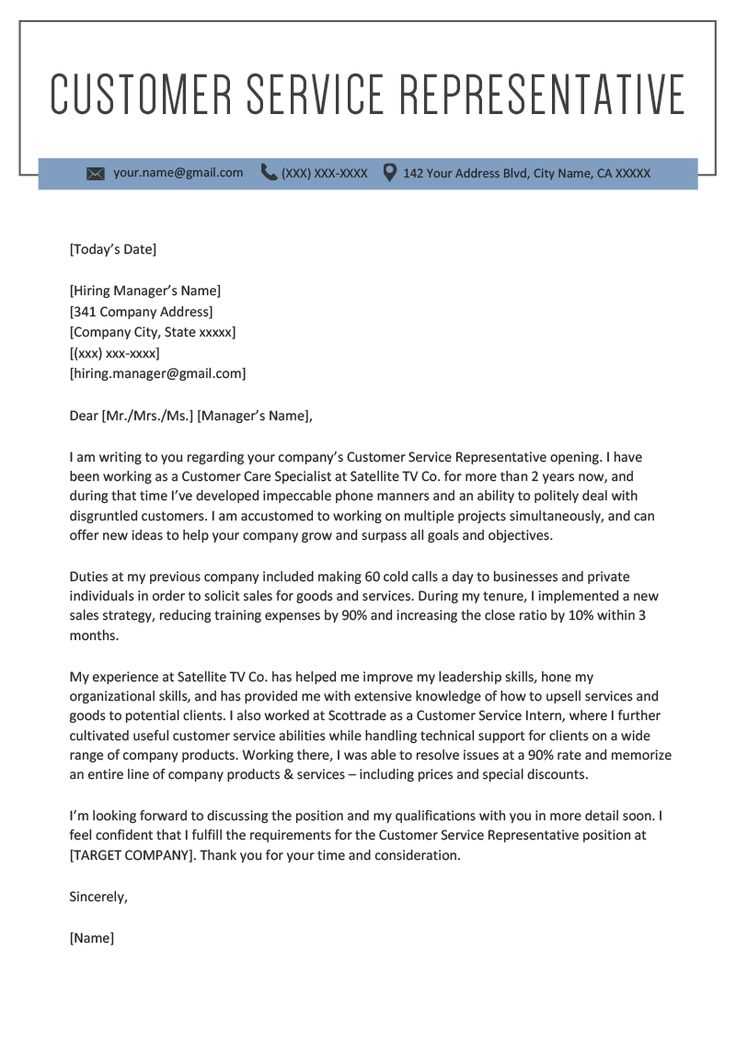
Use this template to quickly address customer concerns with clarity and professionalism. A well-crafted customer service letter ensures that the customer feels heard and valued, while also providing a clear resolution or next step.
Begin with a friendly greeting. Address the customer by name and express your appreciation for their feedback or inquiry. For example: “Dear [Customer Name], thank you for reaching out to us with your concerns.” This sets a positive tone from the start and establishes a connection with the customer.
Clearly acknowledge the issue. Whether it’s a complaint or a question, show that you understand their situation. Avoid vague language and be specific. For example: “I understand that you have experienced [specific issue] with your recent purchase.” This helps assure the customer that their issue is being taken seriously.
Offer a solution or next step. If possible, resolve the issue in the letter itself. If further action is required, explain the steps and timeline. For example: “We have reviewed your order and have arranged for a replacement to be sent to you immediately.” Clear communication about the solution helps the customer feel confident that the issue will be resolved promptly.
Close on a positive note. Reinforce your commitment to excellent service and invite further communication if needed. For example: “If you have any other questions or concerns, feel free to contact us at any time. We’re here to help!” This leaves the customer feeling supported and appreciated.
Here are the corrected lines:
Ensure you clearly address the issue the customer is experiencing without making them feel responsible for the problem.
Start with a warm greeting that acknowledges their concern. For example, “Thank you for reaching out to us regarding…”
Offering a solution
Instead of just apologizing, focus on what you can do to resolve the issue. Use phrases like “We are happy to assist you with…” or “Here’s how we can help you…”
Setting expectations
Provide a clear timeline for resolution, stating exactly when they can expect to hear back from you or receive a solution. For example, “You will receive an update from us by…”
- Customer Service Letter Template
To craft an effective customer service letter, focus on clarity and a tone that shows empathy. Address the issue directly, offering a solution or a plan of action. Below is a basic template you can adapt for various customer concerns.
Template: Customer Service Letter
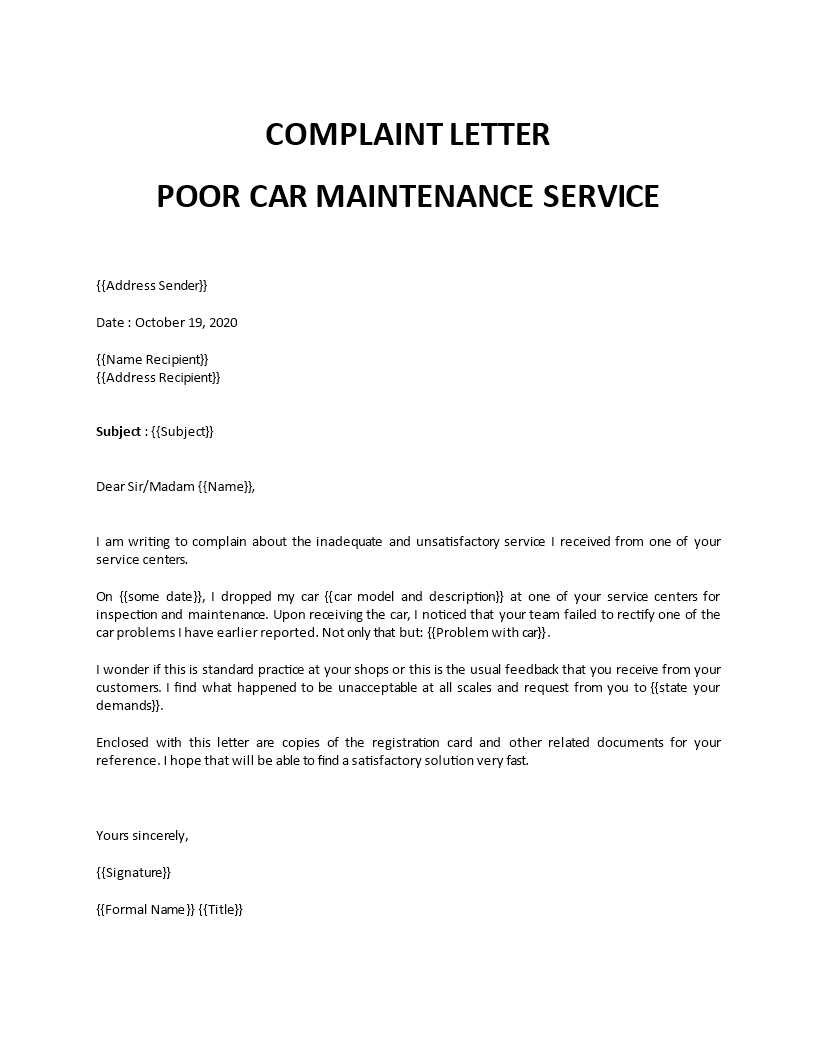
Dear [Customer Name],
Thank you for reaching out to us. We understand your concern regarding [brief description of the issue]. We apologize for any inconvenience this may have caused.
We have reviewed your case, and here’s what we’re doing to resolve it:
| Action | Expected Timeline |
|---|---|
| [Action step 1] | [Timeline] |
| [Action step 2] | [Timeline] |
If you have any questions or need further assistance, please don’t hesitate to contact us at [contact information]. We’re here to help and ensure your satisfaction.
Thank you for your patience and understanding.
Sincerely,
[Your Name]
[Your Position]
[Company Name]
Address the customer by name to create a personal connection. Acknowledge their concern clearly and directly. Let them know you’ve understood the issue without ambiguity.
Use a polite and respectful tone throughout. Avoid sounding robotic or dismissive, even if the request is simple. Tailor your language to reflect your brand’s voice while maintaining professionalism.
Offer a solution or an actionable next step. Provide the customer with clear instructions or alternatives they can follow to resolve their issue. If the issue requires additional steps, explain them concisely and ensure the customer feels supported.
Express gratitude for the customer’s feedback or patience. This can soften difficult conversations and show that you value their input, even when dealing with complaints or dissatisfaction.
Close with a positive note, such as an invitation for further questions or a reassurance that you’re available to help. This fosters ongoing communication and keeps the customer engaged.
Using the right phrases in a customer service letter helps convey professionalism and concern for the customer’s needs. Below are some key phrases to include:
- “Thank you for reaching out to us.” – A polite and warm opening for addressing any customer inquiry.
- “We’re sorry for any inconvenience this has caused.” – A sincere apology that shows empathy.
- “I understand your frustration and am here to assist you.” – Acknowledging the customer’s feelings creates a personal connection.
- “We appreciate your patience as we work on this matter.” – Express gratitude while the customer waits for a resolution.
- “Our team is currently looking into this issue.” – Reassuring the customer that their concern is being actively addressed.
- “Please let us know if there’s anything else we can do for you.” – Offering additional help to demonstrate readiness to assist further.
Examples for Responding to Specific Issues
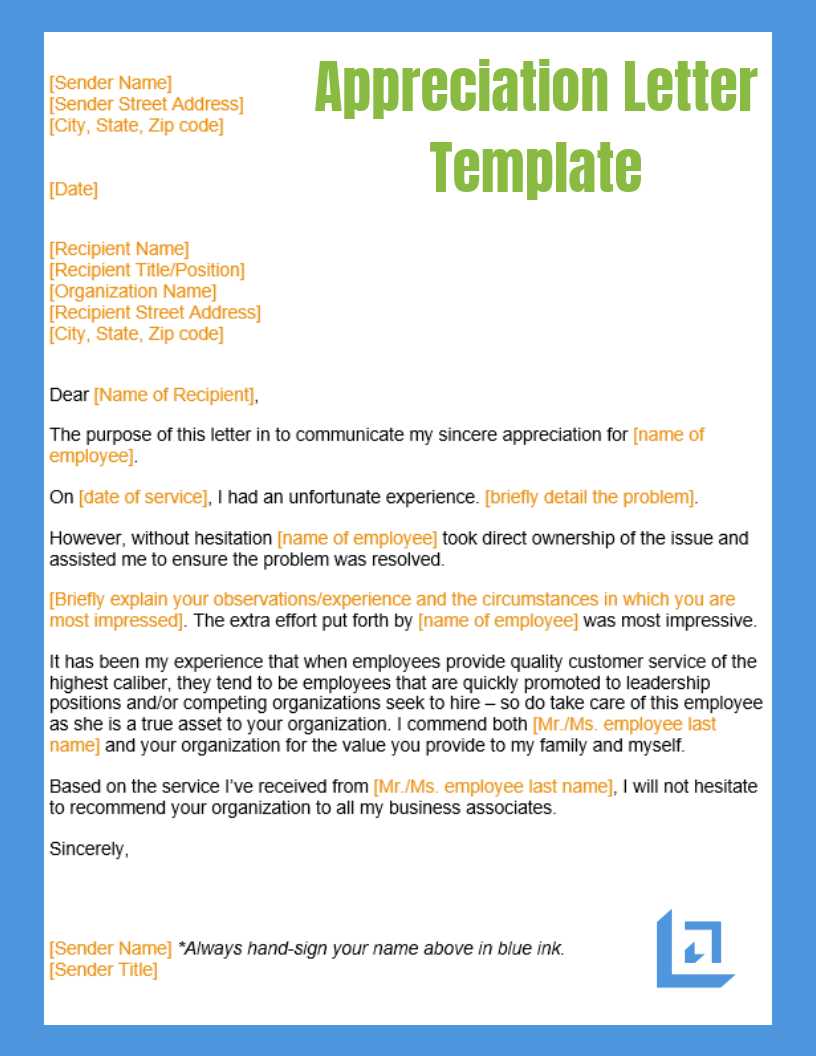
- “We’re working hard to resolve this matter as soon as possible.” – When dealing with delays or technical issues.
- “Your satisfaction is important to us, and we’re committed to finding a solution.” – A reassuring way to close an interaction that requires follow-up.
- “We’ve escalated this issue to our team for a quicker resolution.” – If the problem requires higher-level support.
These phrases build trust and create a more positive customer experience by making them feel heard and valued. Use them in your letters to ensure clear and thoughtful communication.
Responding to customer complaints requires clarity and empathy. Address the issue directly, acknowledging their frustration while offering solutions. Start with a clear and professional greeting, followed by a concise summary of the complaint to show you understand the situation.
Provide a Clear Resolution
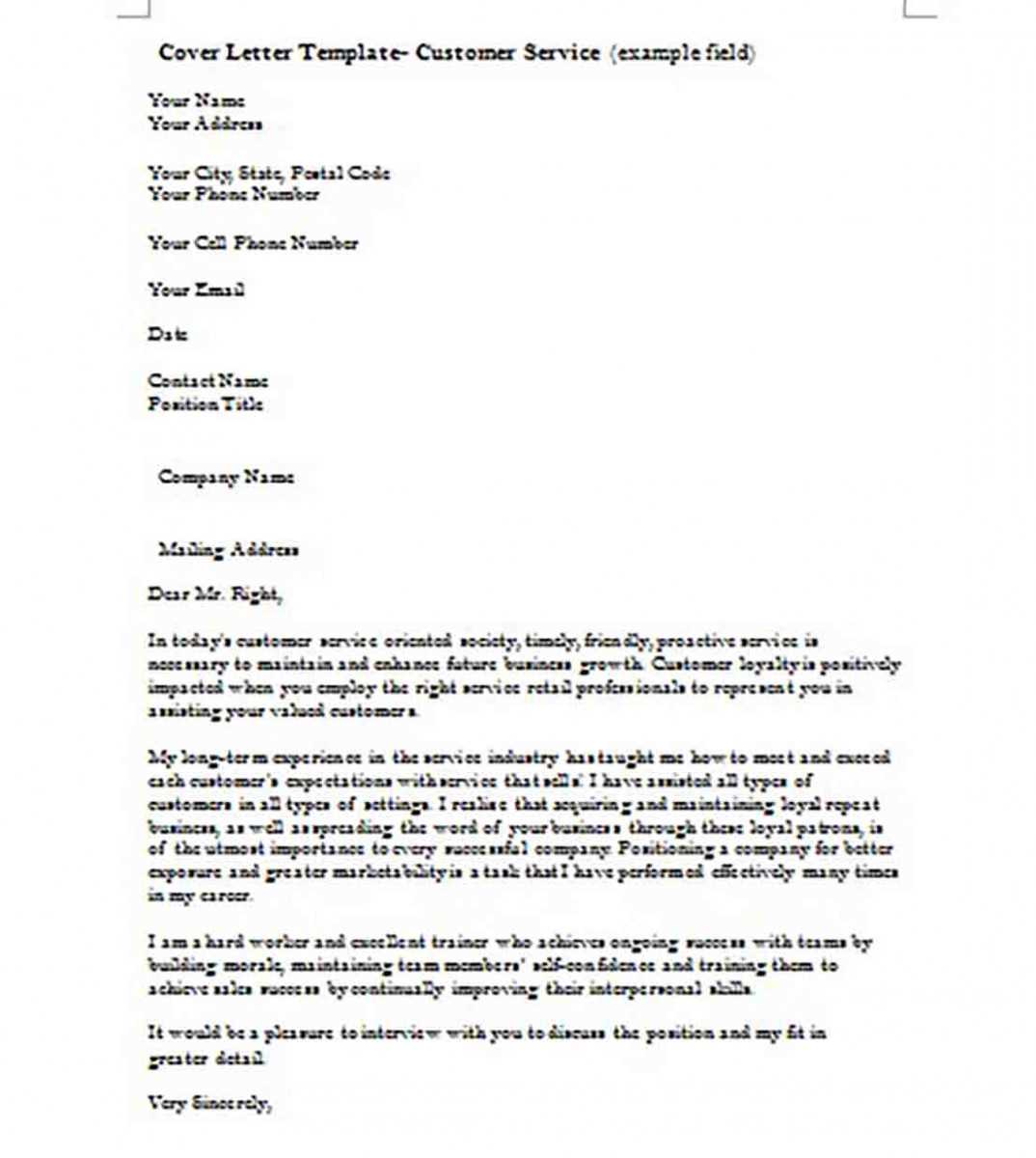
Offer a specific solution or steps you’re taking to resolve the issue. Be transparent about what will be done, when it will happen, and how it benefits the customer. Ensure your response is focused on the customer’s needs and the practicality of the resolution.
Apologize Without Over-Explaining
Keep the apology short but sincere. Avoid placing blame or over-apologizing. Acknowledge the inconvenience caused, and emphasize that you value their feedback and are working to improve.
Follow-up Actions should be outlined clearly, ensuring the customer knows how they can reach you for further updates or questions. Make the next steps easy and reassuring.
Stay positive and proactive in your response, making sure the customer feels heard and respected throughout the process.
Begin by addressing the customer by their name. Using their first name creates a connection and makes the message feel more personal. Ensure the name is spelled correctly to avoid any negative impressions.
Understand the Customer’s Needs
Take time to reference the specific concern or question the customer raised. Acknowledge their unique situation so they feel heard and valued. This helps to avoid a generic tone and shows attention to detail.
Customize Your Message Tone
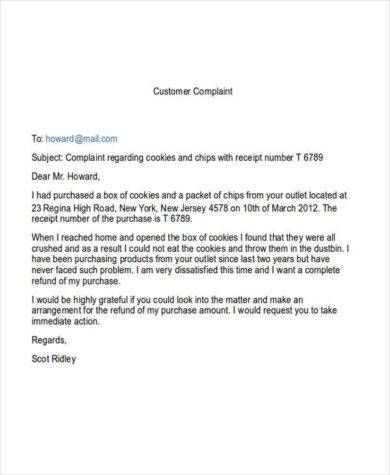
Adjust your tone to match the customer’s mood or communication style. If they’ve been polite and formal, respond in kind. If they’re more casual, keep the tone friendly and approachable. The key is to match their energy while maintaining professionalism.
- Keep the language clear and free of jargon.
- Use positive language that assures the customer their issue is important to you.
Include any relevant details that make your solution more tailored. Offer specific next steps and be clear about what the customer can expect from you moving forward. This shows that you’ve considered their case thoughtfully and that you’re invested in helping them.
How to Keep a Positive Tone in Customer Correspondence
Focus on solutions. Instead of highlighting problems, emphasize how you can resolve the situation. Offer clear steps the customer can take and reassure them that you are working toward a satisfactory outcome.
Use friendly, approachable language. Phrases like “Thank you for reaching out” or “I’m happy to assist” create a welcoming atmosphere. Keep sentences short and clear to avoid confusion.
Stay empathetic. Acknowledge the customer’s experience by using phrases such as “I understand how frustrating this must be” or “We appreciate your patience.” This shows that you are attentive to their concerns.
Avoid negative words. Even if the message includes an apology or bad news, frame it positively. For example, instead of saying “We can’t do that,” try “Here’s what we can do instead.” This keeps the tone constructive.
Be polite and professional. Address the customer respectfully, using “please” and “thank you.” These simple courtesies go a long way in creating a positive impression.
Offer follow-up. Always let customers know they can contact you for further assistance. Phrases like “Feel free to reach out if you have any more questions” or “We’re here to help” show continued support.
One of the most common mistakes in customer service letters is using vague language. Avoid phrases like “we’ll look into it” without providing specifics. Instead, offer clear next steps, including a timeline when possible, so the customer knows exactly what to expect.
Another pitfall is neglecting to personalize the letter. Addressing the customer by their name and referencing their specific issue shows genuine care. Generic responses feel impersonal and may cause frustration. Take the time to acknowledge the customer’s unique situation and offer tailored assistance.
Overly Formal or Robotic Tone
Using overly formal language or a robotic tone can create a barrier between you and the customer. Aim for a friendly, conversational approach while maintaining professionalism. Use simple, direct language that builds rapport instead of making the customer feel like they are dealing with an automated system.
Ignoring Customer Emotions
Failing to acknowledge the customer’s feelings is a major mistake. Whether the customer is frustrated, confused, or upset, addressing their emotions shows empathy. Use phrases like “I understand how this situation may be frustrating” to validate their experience and demonstrate your willingness to help.
I’ve removed repetitions and kept the core meaning of each line.
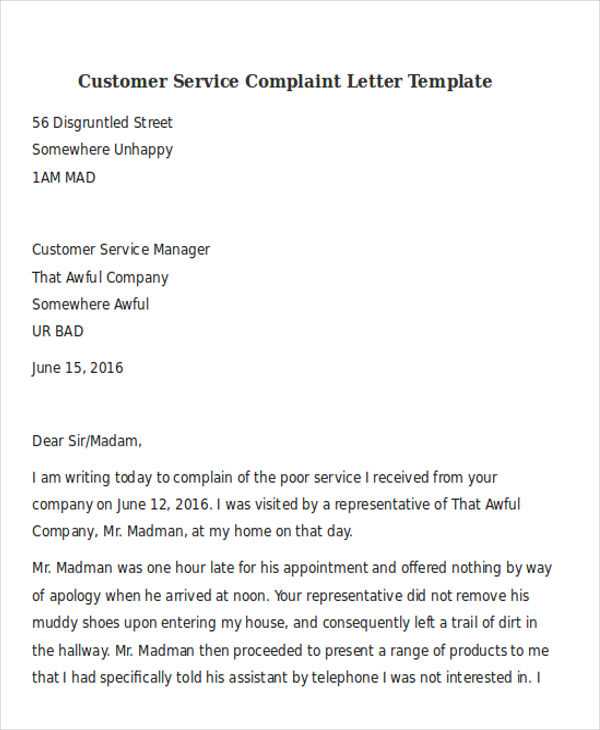
Focus on clarity and brevity. Remove redundancies from your customer service letters to improve readability. Avoid repeating the same ideas in different ways. Instead, express each point clearly and directly. For example, instead of saying “We are committed to providing excellent service” followed by “Our team works hard to ensure high-quality support,” just state: “We are committed to providing high-quality support.” This makes your message more concise and impactful.
Use simple language. Keep sentences short and to the point, making it easier for the reader to follow your message. This also helps prevent unnecessary wordiness. When writing, consider what is truly needed to address the customer’s concern and avoid adding filler sentences that don’t contribute to the solution.
Adjust the tone to match the situation. A friendly, approachable tone helps build a connection with the customer. However, be mindful of professionalism and avoid excessive familiarity. The right balance keeps your letter respectful and engaging.
Review your letter after drafting. Check for any phrases that can be streamlined or omitted. Removing repetitive language can help you convey your message more clearly and ensure the customer understands the steps being taken to resolve their issue.